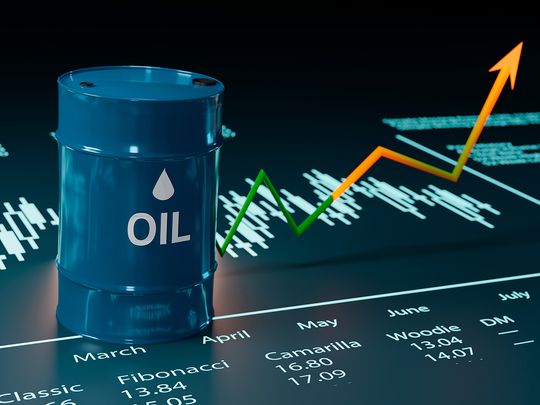
During its latest meeting last week, the OPEC+ group sent strong messages to the oil markets, the first of which emphasized their shared commitment to keeping oil prices above $70 per barrel to safeguard their interests.
The oil producers reaffirmed they are able to maintain market balance under various conditions.
This prompted Morgan Stanley to say ‘this decision is a strong indication of the group’s determination to stabilize the market’, while adding that ‘the first-half of next year will see a smaller surplus’. The US bank raised its price forecast for oil to $70 per barrel, from $66, following the group's meeting. In addition, Goldman Sachs kept its forecast for the average price of Brent oil at $76 per barrel for 2025.
The second message provided reassurance to consumers, affirming that OPEC+ is capable of ensuring adequate oil supplies. The Standard Chartered Bank highlighted that ‘OPEC+ has provided the necessary guarantees to maintain supplies’, a crucial factor for the stability of energy markets and the global economy at large.
The third - and most significant one - is related to the group’s solidarity and commitment to production cuts and quotas. This message comes amid growing concerns over potential divergence between the largest oil producers and speculation about the possible withdrawal of some key players. However, recent developments contradicted these concerns, as UBS confirmed, stating the ‘group's decision is an indication of the cohesion of the alliance’.
We have long emphasized the importance of maintaining cohesion within the group to ensure fair oil prices and avoid economic disruption in the event of prices falling below $60 per barrel.
This unity certainly provides a solid foundation for securing fair prices. The decision by some countries to scale back after exceeding their production quotas—an action that had temporarily driven prices downward—has been instrumental in restoring prices to levels that align with OPEC+ objectives.
To understand the specifics of these trends, the key points of OPEC+ decisions include an agreement to extend oil production cuts by 2 million barrels per day for an additional year— pushing the end date to 2026 instead of 2025. This also incorporates voluntary cuts by eight member countries, amounting to 2.2 million barrels per day, which will now extend until the end of March 2025 rather than January.
Keeping oil supplies just right
As a result, the total reduction in production will reach 4.2 million barrels per day, significantly reducing supply. The production level of the group members will remain at 39.7 million barrels per day, helping to keep supply and demand in near balance.
This strategy aims to support current prices and stabilize the economies of member countries—an especially critical issue given the ongoing global economic, political, and security challenges, particularly in the Middle East.
While these decisions are not expected to lead to a sharp rise in oil prices due to fluctuating demand, Brent crude saw a modest increase of 0.55%, reaching $72.7. Nevertheless, it remains of great importance for prices to stay above $70, a level OPEC+ is determined to maintain through various strategies.
To ensure this stability, all member countries have reaffirmed their commitment to production quotas and pledged support for the powers granted to the Production Monitoring Committee. The committee will assess market and production levels regularly to ensure a balance between supply and demand while maintaining price stability.
Several factors could yet cause fluctuations in oil prices. These include shifts in energy policies under US President-elect Donald Trump, who takes office on January 20, as well as demand trends in major economies, especially China. Geopolitical developments in the Middle East will also play a significant role in shaping oil prices in the coming months.
This means that while oil prices may experience some fluctuations in the coming months, they are generally expected to remain at current levels, which is a significant gain for OPEC+ countries and oil-producing nations overall.













